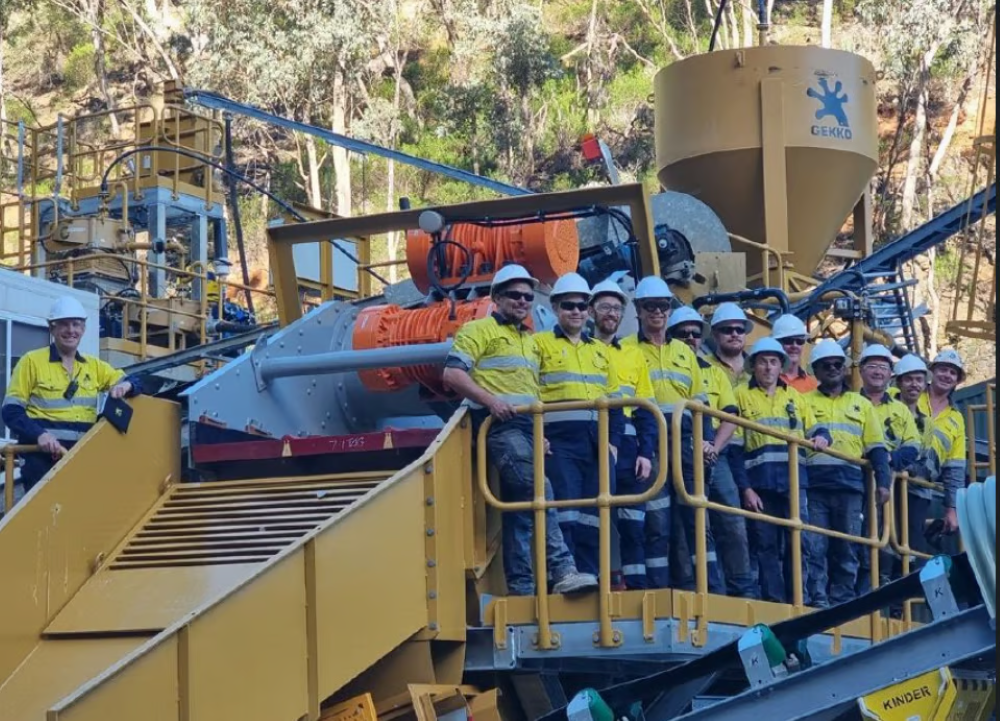ESG focus brings risks – and opportunities – to the mining sector
A renewed focus on environmental, social and governance (ESG) concerns is being realized by the business community worldwide. ESG itself isn’t new, but the momentum it has recently gained, fuelled by colliding forces of awareness focused on particular issues, the power of the internet to provide immediate critical feedback and the pandemic, is remarkable.
Each industry, mining included, is confronting an emerging literacy on ESG which is being communicated directly with business leaders. This has arrived with a focus on questioning efforts and authenticity on the core issues of ESG. Ten years ago, corporate leaders worried about the holder of one share, purchased with the hopeful expectations of bringing embarrassing questions before a shareholder meeting. Now, corporate leaders are seeing their largest shareholders question – even in public – ESG performance, disclosure and goals.
Not to diminish challenges likely to particular commodities and industries, but with change comes not only new risks, but opportunities to claim a role in a changing and increasingly sustainable economy.
ESG wave built on Canadian shores
Canadian courts have been leading the way in the growth of ESG as they have set out a broader view of what corporate laws mean when they direct boards to act in the “best interests of a corporation” and what interests may properly form part of an evaluation of those interests.
In 2004, the Supreme Court of Canada, in Peoples Department Stores Inc. v. Wise, found that although directors must consider the best interests in the corporation, it may also be appropriate, although not mandatory, to consider the impact of corporate decisions on shareholders or particular groups of stakeholders.
The Supreme Court went further in 2008 with its ruling in BCE Inc. v. 1976 Debentureholders – stating that when the directors are evaluating the best interests of the corporation, they generally need to be looking at its long-term interests, and should be given deference when they take into account stakeholder interests.
The government went further with recent amendments to the Canada Business Corporations Act that built upon BCE by enumerating that directors may consider a variety of factors in assessing the best interests of the corporation, including, the interests of shareholders, employees, retirees and pensioners, creditors, consumers, and governments, the environment and the long-term interests of the corporation.
These changes set the stage for the current evolution of ESG.
Embedding ESG into a company’s operations
Here are some steps that mining companies can take to promote a holistic approach to ESG:
- Make it an executive and board priority. Make sure your senior management and advisors understand the importance of ESG to the company’s performance and long-term sustainability.
- ESG must be cross-functional. Be sure there are aren’t silos where ESG isn’t integrated.
- Engage with your stakeholders and communities of interest – your shareholders, employees, customers, NGOs, insurers and others.
- Understand how your competitors are dealing with it and how they identify and report on ESG issues. There are some very good examples of mining companies that have taken the lead in relentless reporting.
- Think about the opportunities that ESG creates to enhance your relationships with shareholders and potential investors who in many cases have already decided that ESG is key to long-term prospects.
- Establish and address the key material ESG issues where you do business – priorities, laws and reporting requirements can differ in various jurisdictions. A company’s strategy needs to be tailored to its operations.
The opportunities for mining
While the headline is one of challenge, the narrative is one the mining industry should embrace with relish. Canada, in general, and our mining industry, in particular, have been leaders in elements of ESG law and practice. Parts of the ESG matrix have been important in mining for some time, including:
- relationships with local communities, including, most importantly with First Nations communities;
- consultation processes; and
- over the last number of years, new disclosure standards – including Extractive Sector Transparency measures.
Most impressive as of late is the way the mining sector embraced project and community health in response to Covid-19 with new labs, testing and safety protocols. Above all, we need to aggressively remind public and policy makers that there is no “E” in ESG without the mines to supply the raw materials for any energy transition.
Sander Grieve is a partner and head of the mining industry team at Bennett Jones, Toronto.





Comments